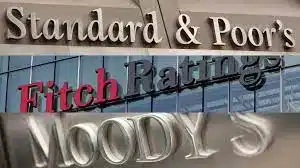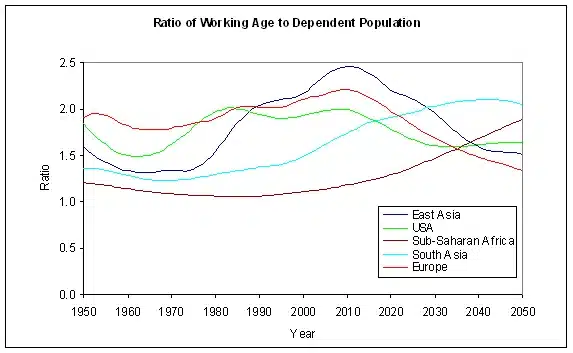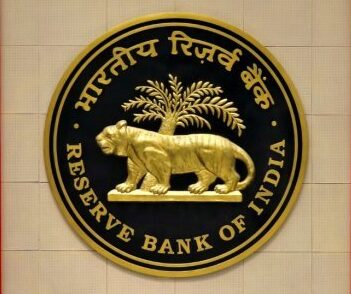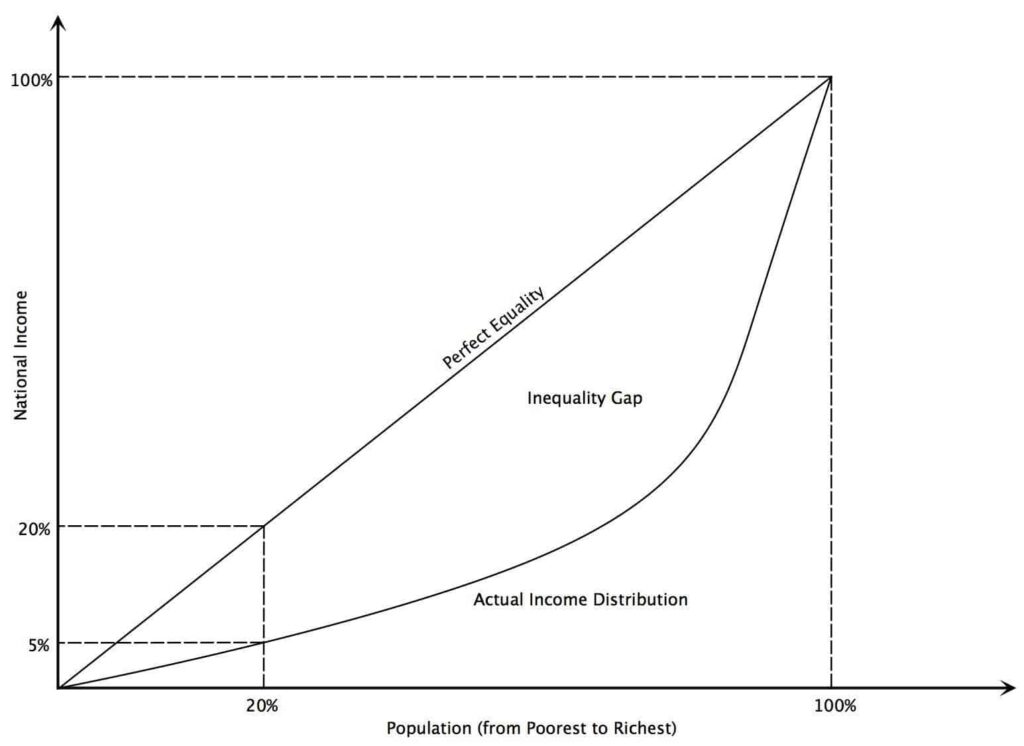Know about Rating Agencies
A rating agency is a company that assesses the financial strength of companies and government entities, especially their ability to meet principal and interest payments on their debts. The rating assigned to a given debt shows an agency’s level of confidence that the borrower will honor its debt obligations as agreed.
- Their reports are read by investors to make an informed decision on whether or not to invest in a particular country or companies in that geography.
- They assess if a country, equity or debt is financially stable and whether it at a low/high default risk. In simpler terms, these reports help investors gauge if they would get a return on their investment.
- The agencies periodically re-evaluate a previously assigned ratings after new developments (example, Coronavirus pandemic or a geography-specific climate change), geo-political events or a significant economic announcement by the concerned entity.
- Their reports are sold and published in financial and daily newspapers.
The Big 3 Credit Rating Agencies

- The credit rating industry is dominated by three big agencies, which control 95% of the rating business.
- The top firms include Moody’s Investor Services, Standard and Poor’s (S&P), and Fitch Group. Moody’s and S&P are located in the United States, and they dominate 80% of the international market.
- Fitch is located in the United States and London and controls approximately 15% of the global market.
The big three agencies came under heavy criticism after the global financial crisis for giving favorable ratings to insolvent institutions like Lehman Brothers. They were also blamed for failing to identify risky mortgage-backed securities that led to the collapse of the real estate market in the United States.
What grading pattern do they follow?
Each agency uses unique letter-based scores to indicate if a debt has a low or high default risk and the financial stability of its issuer. The debt issuers may be sovereign nations, local and state governments, special purpose institutions, companies, or non-profit organizations.
The three prominent ratings agencies, viz., Standard & Poor’s, Moody’s and Fitch subscribe to largely similar grading patterns.
- Standard & Poor’s accord their highest grade, that is, AAA, to countries, equity or debt with the exceedingly high capacity to meet their financial commitments. Its lowest grade is ‘D’, accorded to entities with high probability of payment default or breach of an imputed promise. This is particularly accorded in case the concerned entity has filed for bankruptcy. Its grading slab includes letters A, B and C with an addition a single or double letter denoting a higher grade.
- Moody’s separates ratings into short and long-term definitions. The former involves obligations maturing in thirteen months or less whereas the latter involves obligations maturing in eleven months or more. Its longer-term grading ranges from Aaa to C, with Aaa being the highest. The succession pattern is similar to S&P. The short-term ratings scale ranges from P-1 to NP, with P-1 being the highest.
- Fitch, too, rates from AAA to D, with D being the lowest. It follows the same succession scheme as Moody’s and Fitch.
Benefits of Rating Agencies
- The ratings help governments from emerging and developing countries to issue bonds to domestic and international investors.
- Governments sell bonds to obtain financing from other governments and Bretton Woods institutions such as the World Bank and the International Monetary Fund.
- At the consumer level, the agency’s ratings are used by banks to determine the risk premium to be charged on loans and bonds. A poor credit rating shows that the loan has a higher risk premium, and this prompts an increase in the interest charged to individuals and entities with a low credit rating. A good credit rating allows borrowers to easily borrow money from the public debt market or financial institutions at a lower interest rate.
- At the corporate level, companies planning to issue a security must find a rating agency to rate their debt. Rating agencies such as Moody’s, Standards and Poor’s, and Fitch perform the rating service for a fee. Investors rely on the ratings to decide on whether to buy or not to buy a company’s securities.
- At the country level, investors rely on the ratings given by the credit rating agencies to make investment decisions. Many countries sell their securities in the international market, and a good credit rating can help them access high-value investors. A favorable rating may also attract other forms of investments like foreign direct investments to a country.
- In addition, a low credit rating or relegation of a country from a high rating to a low rating can discourage investors from purchasing the country’s bonds or making direct investments in the country. For example, the downgrading of Greece, Portugal, and Ireland by S&P in 2010 worsened the European sovereign debt crisis.
- Credit ratings also help in the development of financial markets. Rating agencies provide risk measures for various entities, and this allows investors to understand the credit risk of various borrowers. Institutions and government entities can access credit facilities without having to go through lengthy evaluations by each lender.
- The ratings provided by rating agencies also serve as a benchmark for financial market regulations. Some laws now require certain public institutions to hold investment-grade bonds, which have a rating of BBB or higher.
Criticism of rating agencies
Popular ratings agencies publicly reveal their methodology, which is based on macroeconomic data publicly made available by a country, to lend credibility to their inferences.
- Following the Global Financial Crisis of 2008, credit agencies drew criticisms for giving a high credit rating to debts that later turned out to be high-risk investments.
- They failed to identify risks that would have warned investors against investing in certain types of debts such as mortgage-backed securities.
- Rating agencies were also criticized for possible conflict of interest between them and issuers of securities. Issuers of securities pay the rating agencies for providing rating services, and therefore, the agencies may be reluctant to give very low ratings to securities issued by the people who pay their salaries.
Credit rating agencies were subjected to severe criticism for allegedly spurring the financial crisis in the United States, which began in 2017. Asian Development Bank’s paper titled Financial Crisis and Regulation of Credit Rating Agencies: A European Banking Perspective points to this broad consensus. It explains, “The agencies underestimated the credit risk associated with structured credit products and failed to adjust their ratings quickly enough to deteriorating market conditions”. They were charged for methodological errors and conflict of interest on multiple counts.
Indian Credit Rating Agencies
There are seven credit rating agencies registered under SEBI namely, CRISIL, ICRA, CARE, Acuite Ratings & Research Limited (Formerly SMERA), India Ratings and Research Pvt. Ltd. (Formerly Fitch Ratings India Pvt. Ltd.), Brickwork Ratings and Infomerics Valuation and Rating Pvt. Ltd.
Who regulates rating agencies in India?
Credit rating agencies are regulated by SEBI. The SEBI (Credit Rating Agencies) Regulations, 1999 govern the credit rating agencies and provide for eligibility criteria for registration of credit rating agencies, monitoring and review of ratings, requirements for a proper rating process, avoidance of conflict of interest and inspection of rating agencies by SEBI, amongst other things.
Also refer :








